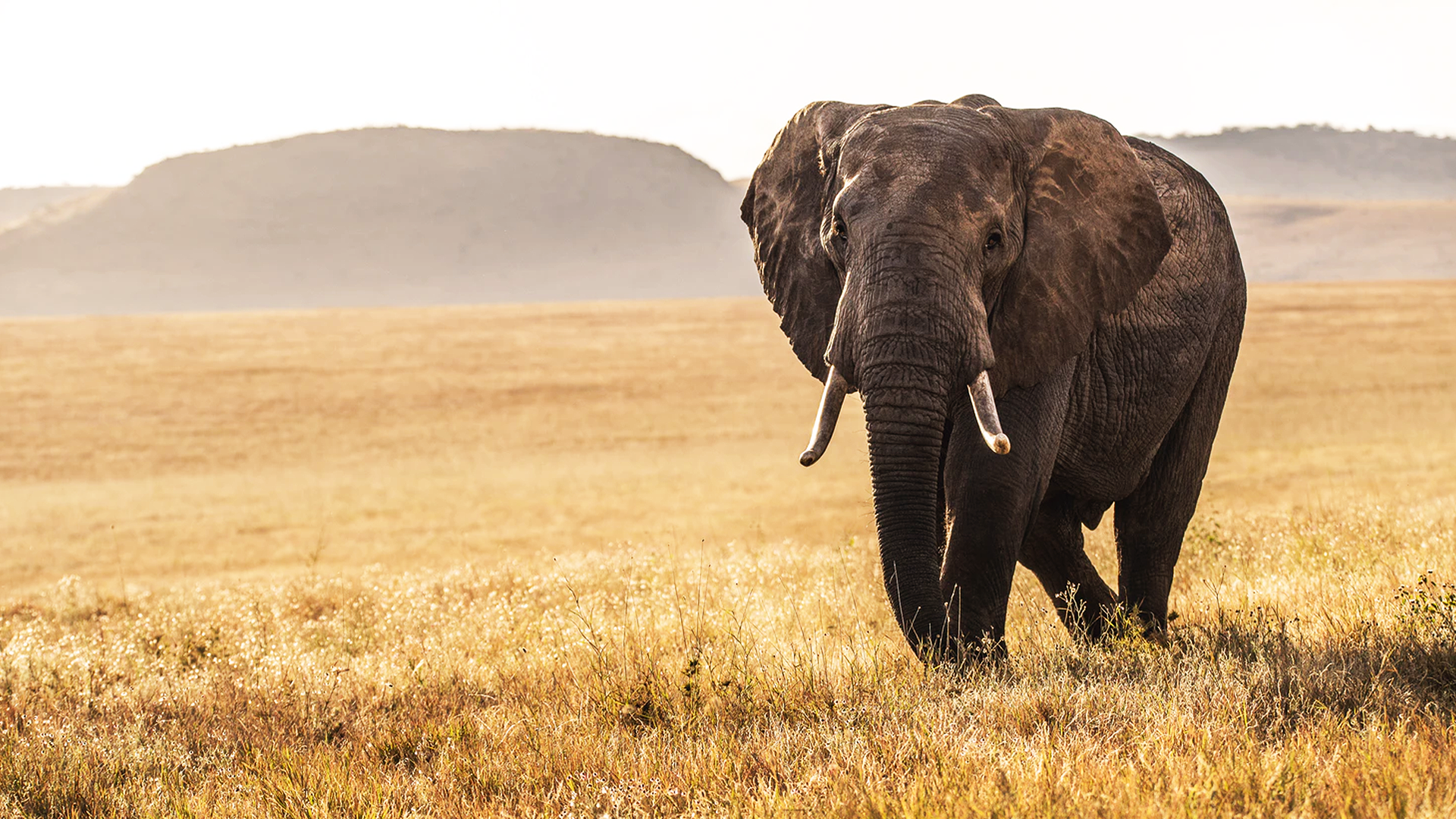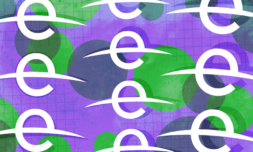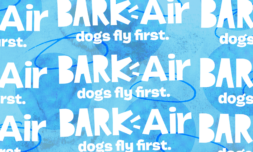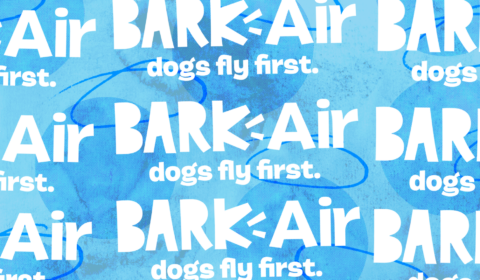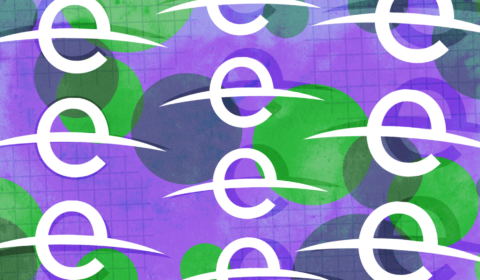Humans and local wildlife continue to battle for land in Sudan’s Dinder National Park, contributing to a complex and widespread issue with African conservation.
In most African nations, wildlife makes up a huge percentage of the economy and brings in substantial amounts of tourism.
Over the last few decades, Africa as a continent has stepped up its protection of wildlife and is now at the forefront of conservation. This increased emphasis on animal support, however, has led to more conflict over land between humans and wildlife in a number of African countries.
According to Conservation Alliance, ‘human wildlife conflict’ refers to problematic situations between wild animals and people. Disputes emerge when wildlife requirements overlap with our own, leading to hefty costs both monetarily and environmentally.
We’ve broken down a few examples of how this overlap can cause problems on both sides – and what countries are doing to try and tackle the problem.
Dinder National Park and the ongoing crisis
A major example of this wildlife and human tension is at Dinder National Park in Sudan.
The Park is connected to Ethiopia’s Alatash National Park and is home to large cats such as leopards and cheetahs, with sightings of hyenas and lions often recorded late at night.
The park was declared a protected reserve under Anglo-Egyptian rule in 1935 and had a very small population at the time.
Over the years this population has grown massively. More land is now required for growing crops to feed local inhabitants, which has caused the park to become encroached and overcrowded. Villages in the surrounding area also need land to practice cattle herding and have begun to move into protected areas of the park in search of pasture for their cattle.
As a result of all this growth it’s now becoming harder for the local authorities to protect the area’s wildlife while also helping citizens who desperately need space to grow food and feed themselves.
Efforts to relocate villagers has proved largely ineffective as they insist it’s their ancestral land and refuse to uproot.









